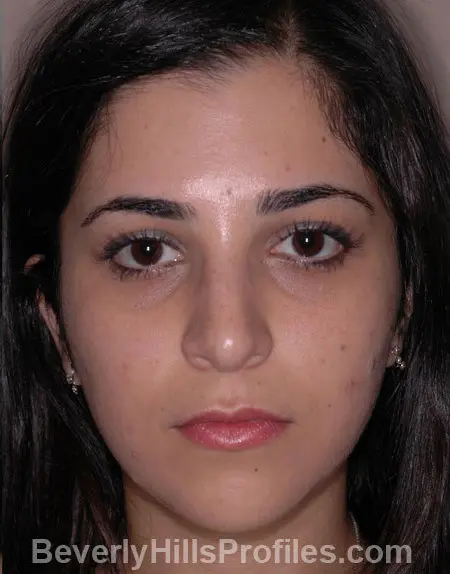
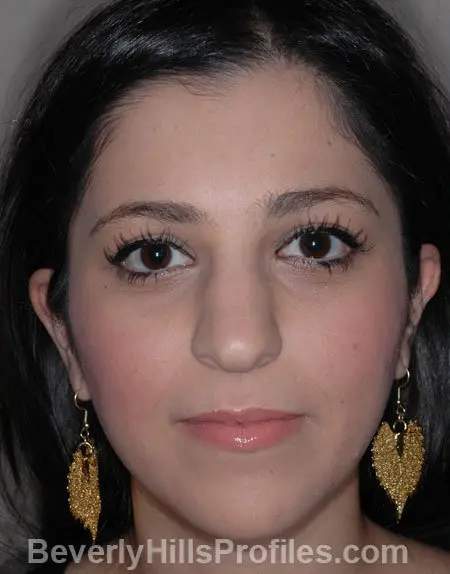

We understand the significance of your cultural identity and prioritize quality care to ensure that you achieve a natural, beautiful result while preserving your unique features. Our double board-certified plastic surgeons, Dr. Litner and Dr. Solieman, have undergone extensive training and have over twenty years of experience each in the field of ethnic rhinoplasty.
We offer the best ethnic rhinoplasty in Beverly Hills, and our surgeons have a keen eye for the aesthetic differences in patients of different cultures and ethnicities. At PROFILES Beverly Hills, we guarantee life-changing results that will significantly enhance your confidence and happiness.
Ethnic rhinoplasty is a term commonly used to describe rhinoplasty for non- white patients. Although we do not particularly like this term, we appreciate that it serves a purpose for many patients who are starting their journey in learning about how rhinoplasty can be done in patients with their individual identity.
Many patients of color are told they have “thick” skin and require “ethnic” rhinoplasty. At Profiles we know that our skilled, double board-certified plastic surgeons, Dr. Litner and Dr. Solieman, can achieve your desired aesthetic goals while preserving your unique identity. Our surgeons have an eye for the aesthetic differences in patients of different cultures and ethnicities. And they have patients from around the world who come to them for their technical and aesthetic understanding of how to bring out the best in each patient’s face while preserving their natural beauty.
At PROFILES Beverly Hills, Dr. Litner and Dr. Solieman have for 20 years successfully provided their African-American, Asian, Middle Eastern and Hispanic patients from around the world with rhinoplasties that meet their unique characteristics and goals. We focus on your individual features and offer a natural look that lasts.
Whether you seek aesthetics or functional improvements from ethnic rhinoplasty, choosing PROFILES Beverly Hills ensures quality results with minimal pain throughout your journey towards achieving your desired look. Contact us today to experience the ultimate luxury journey towards the best ethnic rhinoplasty results.

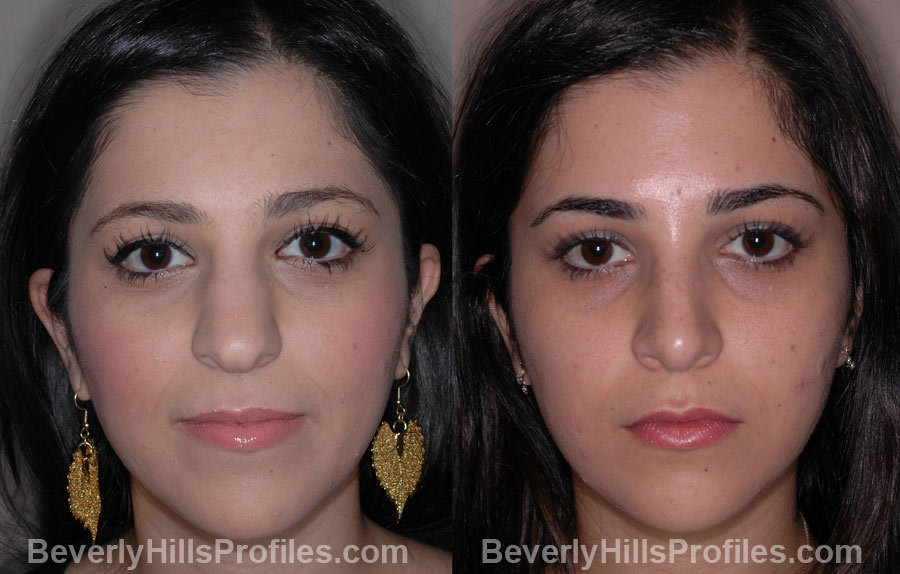
Excessive nasal width can cause the nose to dominate other fine, delicate facial features. In ethnic rhinoplasty, the key to obtaining a more refined nose is to create a nasal framework upon which the skin will wrap around. This young Persian woman wanted to reduce her nasal width and the fullness in her tip. She also had the sense that her tip was downturned. These six-month post-op photos show significant improvements in achieving these goals and her nose will only get better over time.
We understand that patients have unique concerns and desires when it comes to enhancing their nose’s appearance, and our doctors have honed their techniques to cater to each patient’s specific requirements. For instance, we understand that our Iranian, Middle Eastern, and Mediterranean patients often have a nose that is too large for their face, with either a straight bridge or a large hump. In these cases, the nasal tip is also often too bulbous and large. Our doctors will discuss the importance of skin thickness and impress upon you the benefits and difficulties that arise due to the heavy, thick skin often found in patients of Mediterranean and Middle-Eastern descent. We have created new procedures to specifically address these concerns, achieving a natural, beautiful nose without causing the scooped-out or pinched look that is all too frequently seen.
African-American patients who present for rhinoplasty often feel that their nose is too wide, “too big,” and undefined for their faces. They may have had friends who had surgery that was either too aggressive, resulting in a Michael Jackson-like nose, or a procedure that did little and changed nothing. Still, others have had friends who went to a doctor who only focused on building the bridge and discussing goals that made their nose look more in line with Caucasian standards. Therefore, one can imagine that there is both fear and confusion prior to meeting our doctors who will explain how to both make the nose smaller and still stronger after surgery without having to worry about a “botched” result.
Click here to learn more, or read our blog post: I am African American and am considering rhinoplasty. Is your rhinoplasty technique different for me?
A low nasal bridge and nostrils that are too wide are probably the most common surgical indication for rhinoplasty in our Asian patients. However, unlike other surgeons who use unnatural silicone implants, we utilize your own natural cartilage to build up the bridge and give the tip a more meaningful definition. The result is a natural look that lasts. Click here to read more.
As would be expected with any ethnic population, we have found that there is a continuum of nasal features in our Hispanic patients instead of distinct types. Rather than trying to categorize various subgroups, at Beverly Hills PROFILES, we focus on your individual characteristics and goals. In general, we have found that our Hispanic patients’ facial and nasal characteristics can be differentiated from our Caucasian patients in the following ways:
It is important to work with surgeons who will take the time to understand what you are trying to achieve and who are comfortable dealing with different ethnic populations and their needs. We take these differences in anatomic and structural components into consideration when planning your surgery and explaining what can be accomplished.
During your consultation, Dr. Litner and Dr. Solieman work together to define what your aesthetic goals are through computer imaging. Based on your desires and your anatomy, they will then devise a surgical plan which is best suited to achieve your individual goals.
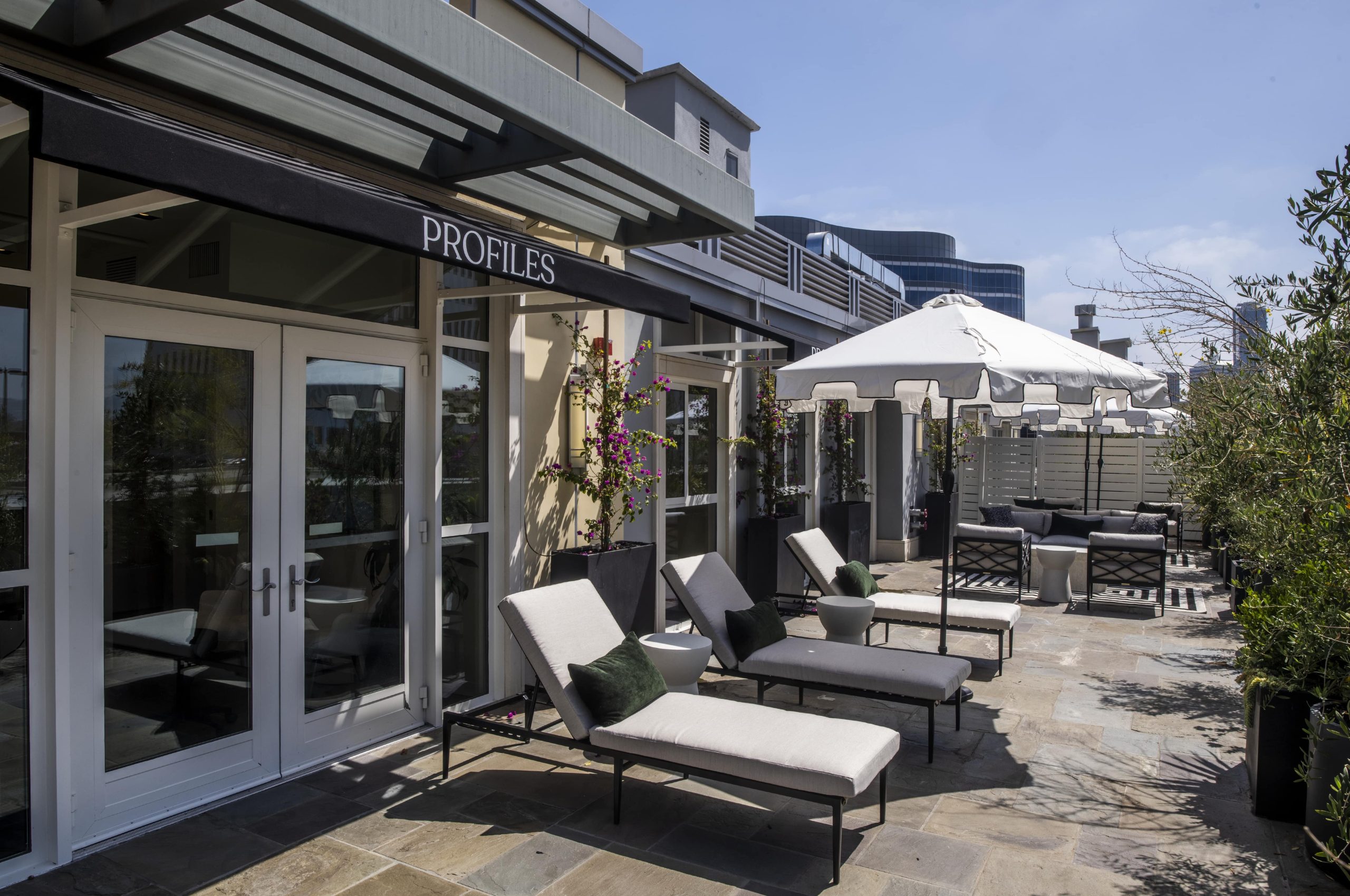
Ethnic rhinoplasty is a highly specialized facial plastic surgery that reshapes the nose while preserving or enhancing the ethnic features of an individual’s face. Our double board-certified plastic surgeons are experienced in enhancing a patient’s unique look while achieving their desired aesthetic goals. You may be an ideal candidate for this procedure if you are:
The associated risks and temporary side effects of this procedure include:
BasicallyMoreover, the term is used to describe non-Caucasian noses, so it usually refers to a person from Asian, Afro-American, Middle-Eastern, or other backgrounds. Ethnic nose is a misnomer that identifies the Caucasian nose as the standard from which we compare all others. However, that being said it has historically served as an opportunity to discuss people from around the world who have have specific characteristics or features that are distinct from the white standard and which may want to be preserved for identification to a particular race or ethnic group. What is ethnic rhinoplasty?
An ethnic nose job or rhinoplasty is a procedure that creates a natural appearance for non-Caucasian noses. Drs. Litner and Solieman have worked with patients from different ethnic backgrounds for years. This is one of the reasons why patients from all over the world come to PROFILES in Beverly Hills for ethnic rhinoplasty.
At Profiles, the cost of primary rhinoplasty is the same no matter what race or identity. There are some surgeons who treat ethnic rhinoplasty as harder and therefore more expensive, or charge more for nostril reduction that is often a part of ethnic rhinoplasty.
Not at Profiles.
Of course, the cost of an ethnic rhinoplasty will vary depending on your location, the surgeon’s skill level, and the complexity of the procedure. Patients looking for an accurate estimate should consult with our PROFILES double board-certified ethnic rhinoplasty Los Angeles and Beverly Hills surgeons to get an estimate.
Yes! Alar base reduction is a routine part of surgery that our double board certified doctors at Profiles do in order to decrease the width of the nostrils. Other techniques are used during the surgery to further reduce the width of the tip itself as well as decrease the “thickness” of your skin to allow for a more refined tip. Does a nose job last forever?
While recovery can take up to a year, the results obtained from a nose job done at Profiles are typically permanent. Many surgeons utilize techniques that destabilize the nose and give results that continue to change and lose support as time goes on. This then results in the need for revision surgery. At Profiles, with over 20 years of experience and with their experience revising noses done by other surgeons, our doctors know and use techniques that give results that last for the rest of your life.
If performed by the right surgeons, rhinoplasty surgery can reduce the width of your nostrils and the nasal bridge. However, you need to work with a double board-certified surgeon that can also set realistic expectations for your operation.
At PROFILES, our team of ethnic rhinoplasty experts evaluates each patient and takes steps to shorten the recovery period as much as possible. Drs. Litner and Solieman, double board-certified ethnic nose job surgeons, have performed rhinoplasty surgeries on many patients from different backgrounds.
If you want to learn more about working with Drs. Litner and Solieman, contact Beverly Hills PROFILES and book a consultation today.

Having undergone extensive training and with twenty years of experience each within this field of expertise, double board-certified Drs. Litner & Solieman understand how to bring out the best in your individual’s face while preserving your unique and natural beauty.
We understand the importance of preserving the patient’s cultural identity while helping customize their appearance to achieve a natural, beautiful result. Life Changing Results
Ethnic rhinoplasty can enhance facial features unique to one’s cultural identity, making it an ideal choice for those wanting to retain their various ethnic features while still achieving a more aesthetically pleasing look. At PROFILES, patients can rest assured knowing their needs and unique identity and aesthetic goals are taken into account to ensure natural-looking results that meet their desired rhinoplasty outcome.
At the end of the day we all want to be confident and happy. Whether it’s aesthetics or functional improvements that you seek from ethnic rhinoplasty – choosing us will ensure you receive quality results with minimal pain throughout your journey toward achieving your desired look!!
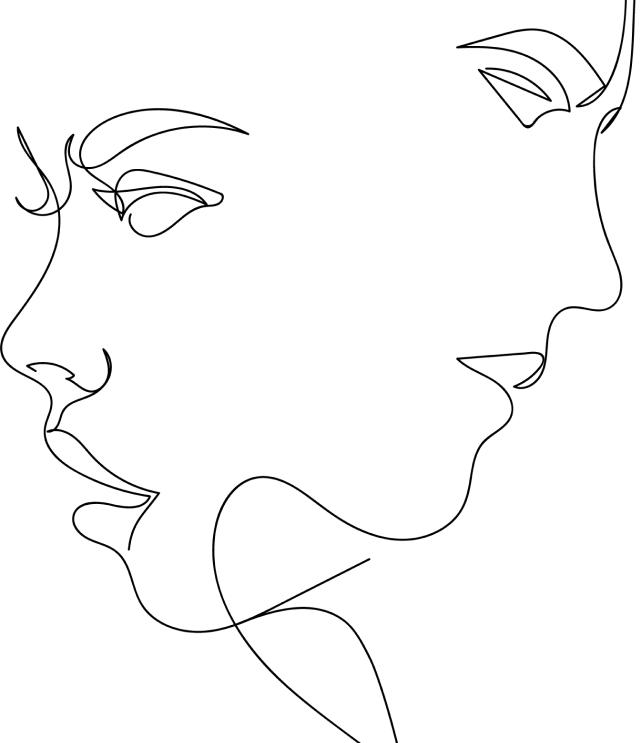
ASK US ANY QUESTION

Sign Up For Our Newsletter
to Receive Special Offers!